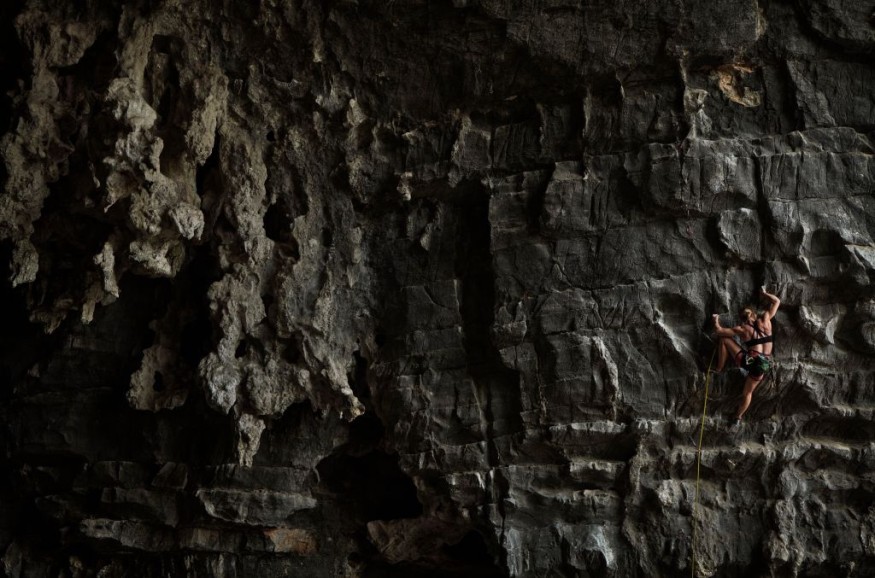
Last Saturday, a party of investigators found 'Delta Variant', a 401-meter-deep tunnel in Tasmania's Niggly-Growling Swallet underground complex inside the Junee-Florentine karst region.
Australia's Deepest Known Cave
Underground scientists have navigated what is now Australia's deepest existing cave. Its profundity is roughly 4 meters greater than that of its predecessor, the Niggly Cave.
'Delta Variant' is generating a sensation within adventurer groups because to a 14-hour drop that required months to plan. However, for academics like me who investigate the interplay of aquifers and rocks, it retains a distinct type of curiosity, as per Science Alert.
This aids our understanding of environmental mechanisms and how the Earth's weather has altered throughout millions of years. Water moving down the cave causes the formation of subterranean sediments. Because they are a result of the interplay of granite and water throughout mountain generation, researchers should anticipate to see them in almost any cave systems.
As a result which was published under the journal of Advancing Earth and Space Science, tunnel generation may be rather complicated: the precise makeup of the karst, the alkalinity of the liquid, the amount of outflow, and the general geographical environment all influence what type of cave will emerge.
According to the recent update of The Conversation on the issue, broadly enough, caverns occur when running water destroys rock little by little. Although cave networks are often resilient (shallow caves can in theory collapse and form sinkholes, but this is very rare)
Caves are extremely important for investigation given that they feature cave materials or also known to the term 'speleothems', along with stalagmites and stalactites. As liquid percolates via rock cracks, it gradually destroys the stone, forming a tunnel system.
Individuals are still exploring caves, and it is extremely beneficial to scholars in numerous sub-fields of geoscience.
Discovery of Cave Explorers in Australia
Apart from considerably tougher rock formations which also include granite, calcareous minerals disintegrate when they come into touch with highly acidic solutions.
Because of the unusual geometries of caverns, one may find themselves executing hard movements, bending and wobbling in all sorts of unpleasant ways as they rappel into obscurity. Due to the fact that there may be numerous empty spaces for investigators, properly charting the environment takes patience and excellent spatial navigation abilities.
Even though the airflow need not vary significantly as you plummet, various chemicals like as methane, ammonia, even hydrogen sulphide can occasionally collect and provide a suffocating concern. Knowing how far a cave creation extends is similar to delving into the basal part of a pie, where one might not discover the similar item in all angles, Daily Mail report shows.
Microscopic aquatic organisms that die left over 'calcareous' shells comprised of calcium carbonate. Precipitation gathers up carbon dioxide from the environment and ground as it descends from the sky, making it corrosive. Despite progress, there are constantly corners and crevices people can't get into - though, people aren't little.
As fascinating as 'Delta Variant' is in an Australian setting, it is perhaps only a starter in the larger universe of caverns; the profoundest documented cave, situated in Georgia, extends more than 2.2 kilometers underground, Public News Time reported.
© 2026 NatureWorldNews.com All rights reserved. Do not reproduce without permission.





